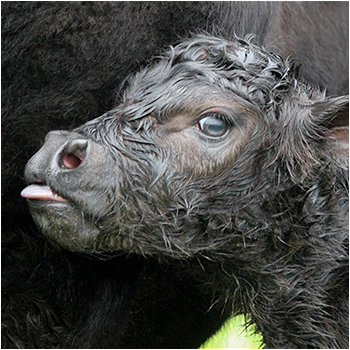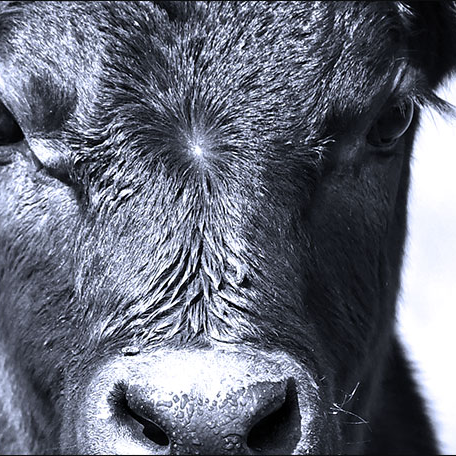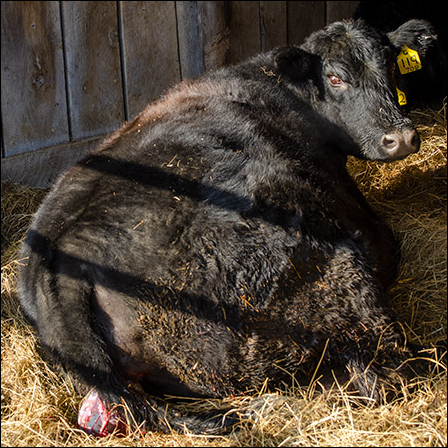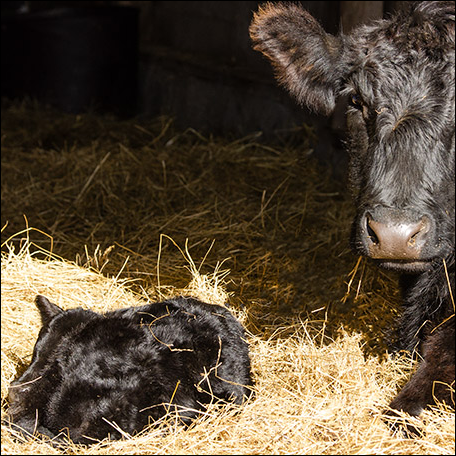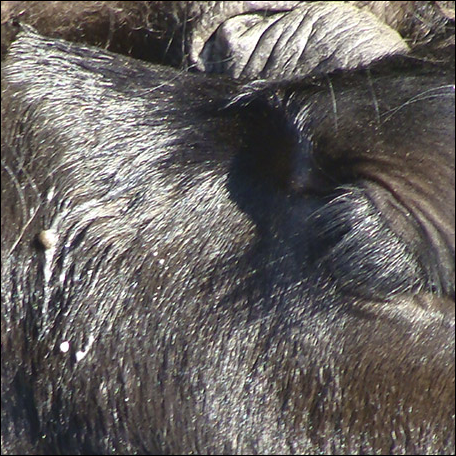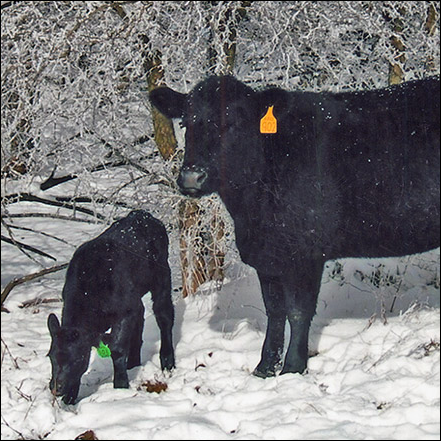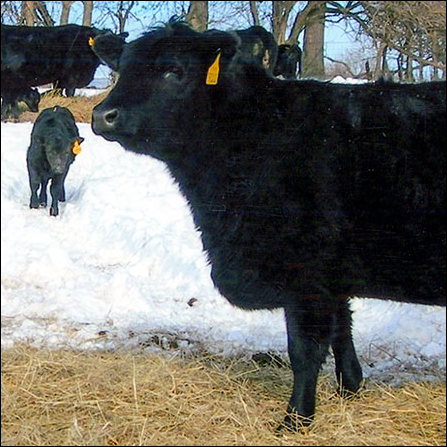
Industry Optimism
Optimism in beef industry fueled by strong demand with higher prices anticipated.
Despite pandemic disruptions, consumer demand for beef at home and around the globe remained strong in 2020, a trend that will continue in 2021 and beyond, especially as foodservice operations begin to fully reopen. The strong demand, combined with expected higher cattle prices, signal an optimistic future for the beef industry, according to CattleFax, which presented an outlook session during the virtual 2021 Cattle Industry Convention Winter Reboot Feb. 24.
According to CattleFax CEO Randy Blach, cattle numbers will continue to contract in 2021, and producers will gain leverage on packers and retailers, and margin distribution will be more equitable. Packing capacity is expected to increase slowly with the addition of more small-scale plants, and U.S. meat exports will continue to grow. Overall, profitability is expected to improve significantly for cow-calf producers.
Lost incomes due to unemployment were replaced by government transfer benefits, and household wealth increased more than $620 billion in 2020, according to Blach. In 2020, total meat sales volume at retail was up 10%, and total dollar sales at retail were up 18%, with beef’s share of the increase in spending accounting for 45%, or $5.7 billion. Consumers also saved at record levels during the pandemic, resulting in U.S. household net worth rising $5 trillion, which bodes well for beef demand going forward.
As beef demand reached record highs in 2020, cattle producers didn’t capture much of the margin with the bottleneck created due to plant closures as a result of COVID-19. According to Blach, the margin exists, and redistribution will lead to improving prices in the second half of 2021 and into 2022 and 2023.
“The bottom line is that things are on the mend, with producers gradually recapturing margin,” he said. “A 1% shift in margin will result in $6 per hundredweight increase on fed price.”
Prices
Kevin Good, vice president of industry relations and analysis at CattleFax, reported that 1.2 million head of cattle were liquidated in 2019-2020 after a 6.3-million-head expansion between 2014 and 2018. Even with fewer cattle in the system, beef production still increased. Mild liquidation is anticipated in 2021 due to drought conditions and higher feed costs, said Good, and he estimates a U.S. beef cow inventory of just less than 31 million head in 2022.
Good says 2021 is a tale of two halves.
“There are more cattle in the system early in 2021, with big supplies on feed and heavy weights; however, the second part of the year will transition to tighter calf crops and tighter slaughter,” he said.
In 2021, total slaughter is expected to be up 700,000 head to 33.5 million head; average carcass weights are expected to be 4 pounds (lb.) lighter; and beef production is expected to be up 500 million lb. from 2020 to 27.6 billion lb.
Per capita beef consumption is expected to grow slightly to 58.6 lb. per person in 2021, up from 58.5 lb. in 2020, although per capita red meat and poultry consumption is expected to decrease to 218.7 lb. per person from 221.7 lb. per person in 2020.
“Over the last 20 years, beef market share increased from 40% to 48%, up 2% in 2020,” said Good. “Improvements in genetics, quality and consistency have created a better product from five or 10 years ago and have helped increase demand, taking market share away from pork and poultry.”
Good forecasts the average 2021 fed-steer price at $119 per hundredweight (cwt.), up from $109 per cwt. in 2020, with a range of $110-$128 per cwt. throughout the year. All cattle classes are expected to trade higher than a year ago, and prices are expected to improve over the next three to four years. The 800-lb. steer price is expected to average $145 per cwt. with a range of $135-$160 per cwt., and the 550-lb. steer price is expected to average $168 per cwt., with a range of $160-$180 per cwt. Finally, Good forecasts utility cows at an average of $64 per cwt. with a range of $52-$74 per cwt.
Trade
Trade continues to be a hot topic, with U.S. beef prices competitive for Asian markets. According to Good, exports in 2021 are expected to increase by 5% primarily to Asian markets like Japan, South Korea and China, with declining imports from Australia and New Zealand. Although only 120 million lb. of beef were exported to China in 2020, that market is expected to grow to more than 300 million lb. per year over the next few years.
“The U.S. is the largest beef producer on the planet, producing 75% of all high-quality fed beef in the world, and our product is different from competitors,” said Blach. “As the global population increases at a rate of 83 million people per year, U.S. agriculture is poised to play a key role with increasing exports.”
Mike Murphy, CattleFax vice president of research and risk management services, estimates that there will be 181 million planted acres of corn and soybeans in 2021, the largest ever combined acres for those two commodities.
“That number is likely to be even higher, and in some regards it needs to be larger to balance the demand and build back supply,” said Murphy.
Although corn should be able to balance supply and demand, soybeans will have a tighter supply globally, with a smaller crop expected from South America.
As China rebuilds its pork industry following their battle with African Swine Fever, they are looking for higher-quality feed ingredients, such as corn and soybeans, according to Murphy. The United States has the supply available to provide the estimated 700 million bushels (bu.) of corn that China is expected to accept.
Spot prices for soybeans are expected to be $13.50-$16.50 per bu. for the remainder of 2021.
“As soybean prices drive higher, soybeans will have a greater influence on the value of corn, bringing corn prices with it,” said Murphy.
He noted, however, than any scares from Mother Nature this spring and summer will have concerning effects.
Weather forecast
All session panelists agreed that weather will be a major factor affecting the beef industry, and agriculture as a whole in 2021. Although the La Niña weather pattern has leveled off, it will be making a return with warm and dry conditions over most of the United States into the summer, predicted Art Douglas, professor emeritus at Creighton University.
Douglas indicated the Southwest United States will be warmer than normal, and the Western half of the country will be relatively dry. In addition, dry conditions in the Rockies will eventually extend into the central Corn Belt, causing concerns for corn and soybean growers.
“The Pacific jet stream is positioned far north from normal, preventing moisture from reaching the continent,” said Douglas. “The only significant moisture will be in the Ohio Valley and along the Canadian border from northeast North Dakota into Minnesota.”
Blach concluded the session with an overall positive outlook, expecting beef demand to remain solid, foodservice markets to improve significantly, and beef and cattle prices to trend higher through 2024. He also noted that plant-based protein alternatives will continue to grow market share, but gains will be slow. Blach indicated increased consumer interest in sustainability, food-safety protocols, animal care and traceability creates opportunities for producers to differentiate their products if they choose.
“Consumers are voting with their pocketbooks and buying beef,” said Blach. “The industry should take note, stay focused on quality, continue delivering what the consumer desires and tell their great story.”
Editor’s note: This article is from NCBA. Photo by Tyler Coleman, 2020 NJAA/Angus Journal Photo Contest.
